What is the #1 Healthiest Food in the World?
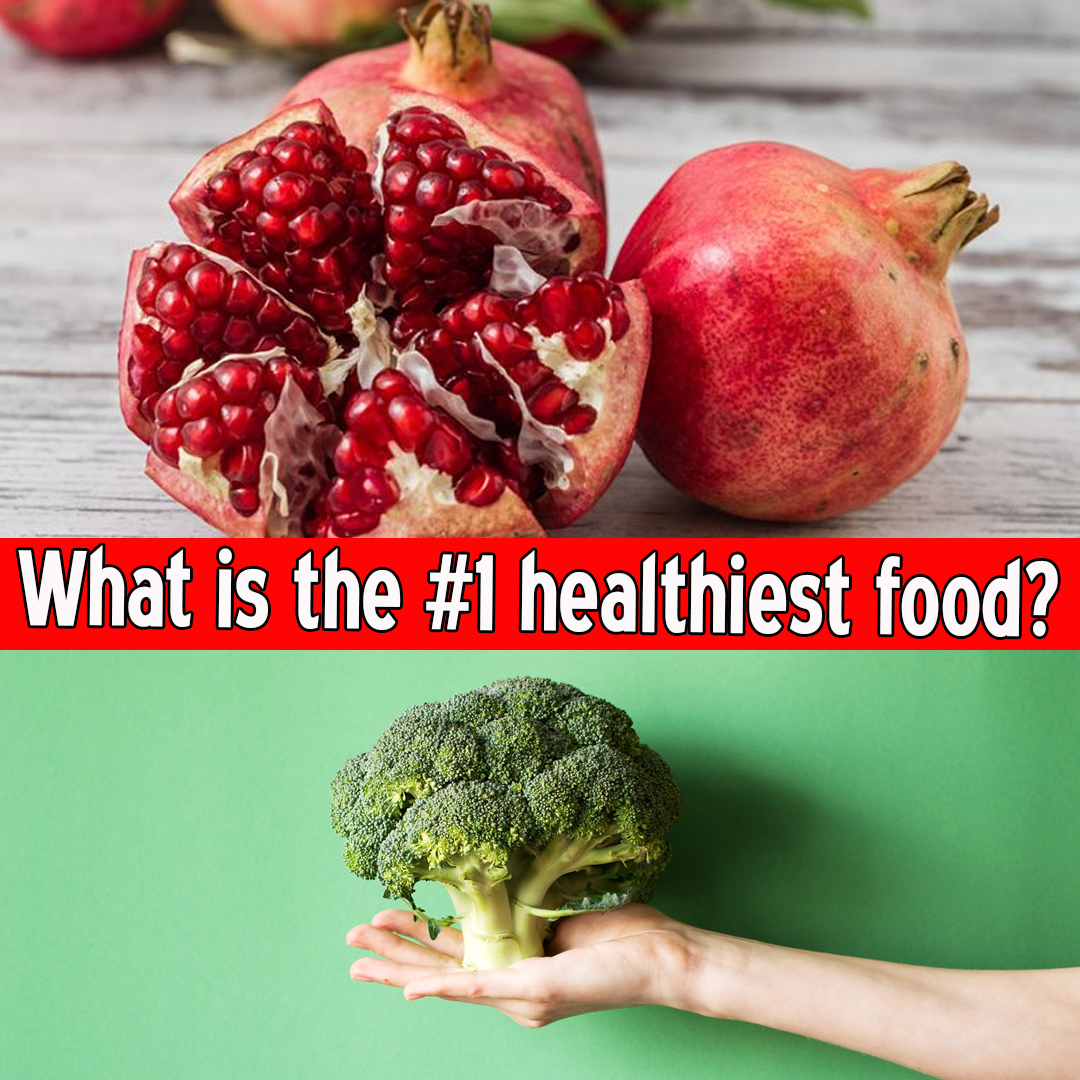
What is the #1 healthiest food?
Introduction: What Makes a Food “Healthy”?
Before diving into the answer, it’s important to understand the criteria that define a food as “healthy.” The world’s healthiest food is not just rich in one or two nutrients, but a nutritional powerhouse—dense in vitamins, minerals, antioxidants, and other beneficial compounds, while being low in calories, sugar, and unhealthy fats.
Key criteria include:
- High nutrient-to-calorie ratio
- Disease-fighting compounds (e.g., antioxidants, phytonutrients)
- Versatility and accessibility
- Minimal processing
- Positive effect on long-term health
Using these criteria, many scientists, dietitians, and food researchers have crowned a surprising winner as the #1 healthiest food in the world: watercress.
🥇 Watercress: The World’s Healthiest Food
Yes, watercress, a humble leafy green, tops the chart as the most nutrient-dense food, according to the CDC’s “Powerhouse Fruits and Vegetables” list. It scored a perfect 100 out of 100 on the nutrient density scale.
🌿 What is Watercress?
Watercress (Nasturtium officinale) is a cruciferous vegetable, part of the same family as broccoli, kale, and cabbage. It grows in natural spring water and has been used since ancient times for its medicinal and culinary benefits.
🧪 Nutritional Profile of Watercress (Per 100g)
- Calories: 11 kcal
- Protein: 2.3 g
- Carbohydrates: 1.3 g
- Fiber: 0.5 g
- Fat: 0.1 g
- Vitamin K: 238% of RDA
- Vitamin C: 72% of RDA
- Vitamin A: 64% of RDA
- Calcium: 12% of RDA
- Manganese, Potassium, Folate, Iron: Present in significant quantities
Watercress offers more nutrients per calorie than any other food.
💪 Health Benefits of Watercress
1. Cancer Prevention
As a cruciferous vegetable, watercress contains glucosinolates, which convert into isothiocyanates—powerful cancer-fighting compounds. They help detoxify carcinogens and inhibit tumor growth.
2. Cardiovascular Support
Watercress reduces oxidative stress, improves blood vessel health, and lowers blood pressure, thanks to its potassium, nitrates, and antioxidants.
3. Bone Strength
Its incredible vitamin K content supports calcium absorption and bone mineralization. Just 100g can fulfill over 200% of your daily K requirement.
4. Immunity Boost
With high levels of vitamin C, watercress strengthens the immune system, supports collagen formation, and improves iron absorption.
5. Vision Protection
Watercress contains lutein and zeaxanthin, carotenoids that protect the eyes from age-related macular degeneration and blue light damage.
6. Anti-Inflammatory Power
It reduces inflammation markers in the body, lowering risks of diseases like arthritis and inflammatory bowel disease.
🥗 How to Eat Watercress Daily
Raw:
- Add to salads for a peppery kick
- Use as a garnish for sandwiches and wraps
- Mix into green smoothies
Cooked:
- Lightly sauté with garlic and olive oil
- Add to soups near the end of cooking
- Stir into scrambled eggs or omelets
Note: Overcooking can reduce its nutrient value, especially vitamin C. Gentle steaming or light sautéing is ideal.
🆚 Comparison with Other Superfoods
Watercress outperforms many well-known “superfoods” in nutrient density:
| Superfood | Nutrient Density Score (CDC) |
|---|---|
| Watercress | 100 |
| Chinese cabbage | 91.99 |
| Swiss chard | 89.27 |
| Spinach | 86.43 |
| Kale | 49.07 |
| Broccoli | 34.89 |
| Blueberries | 49.46 |
| Avocados | 28.44 |
While others are valuable, none deliver the same quantity of critical nutrients per calorie as watercress.
🧠 Other Strong Contenders for #1
Some argue other foods deserve the title based on different nutritional or cultural contexts:
1. Salmon
- Rich in omega-3 fatty acids
- High in protein, vitamin D, and B12
- Supports brain health, heart health, and reduces inflammation
2. Blueberries
- High in antioxidants
- May reduce DNA damage and improve memory
- Help control blood sugar and lower cholesterol
3. Garlic
- Antiviral, antibacterial, antifungal properties
- Reduces blood pressure, cholesterol, and plaque buildup
4. Lentils
- High in plant-based protein, fiber, iron, and folate
- Great for vegetarians and heart health
5. Avocados
- Loaded with healthy fats, fiber, potassium, and vitamin E
- Improve nutrient absorption and support skin health
These foods are certainly elite, but when it comes to pure nutrient density, watercress still reigns supreme.
🌍 Global Perspective on Healthy Eating
Different cultures consider different foods “healthy” based on tradition, agriculture, and availability. Here are some regional contenders:
- India: Turmeric, lentils (dal), amla (Indian gooseberry)
- Japan: Miso, seaweed, natto (fermented soybeans)
- Mediterranean: Olive oil, tomatoes, nuts, fish
- South America: Quinoa, chia seeds, beans
Despite these differences, dark leafy greens like watercress, spinach, and kale remain universally endorsed.
⚠️ Is There a Downside to Watercress?
For most people, watercress is safe, but here are a few cautions:
- Kidney Stones: High in oxalates; limit if you’re prone to stones
- Thyroid Issues: Contains goitrogens; avoid excessive raw intake if hypothyroid
- Pesticides: Choose organic or rinse thoroughly due to water-borne contamination risk
- Blood Thinners: Very high in vitamin K; may interfere with medications like warfarin
Always consult a healthcare provider if you’re making big dietary changes.
🧃 Watercress Juice: The Next Health Trend?
In recent years, watercress juice has gained popularity in wellness communities. It’s often blended with cucumber, celery, apple, or lemon to create a detoxifying green juice.
Benefits include:
- Skin glow
- Liver detox
- Lower cholesterol
- Immune boost
But juicing removes fiber, so it’s best to enjoy watercress in both solid and liquid forms.
👩⚕️ What Do Experts Say?
- Harvard School of Public Health: Endorses cruciferous vegetables for disease prevention
- CDC (Centers for Disease Control): Declared watercress the #1 nutrient-dense food
- Dr. Michael Greger (NutritionFacts.org): Regular consumption of greens may reverse chronic illness
- Mayo Clinic: Greens like watercress help fight inflammation, diabetes, and cancer
✅ Daily Habit: How Much Should You Eat?
Aim for:
- 1 cup raw daily (about 34g)
- Combine with other greens like spinach and arugula
- Include in smoothies, salads, soups, or even sandwiches
Consistency is key. Even small daily amounts can lead to long-term health benefits.
💬 Final Thoughts
So, what is the #1 healthiest food in the world?
✅ Watercress — a small but mighty leafy green — holds the crown. Its unmatched nutrient density, disease-fighting properties, and versatility make it an ideal food to include in your daily diet.
While variety is essential in nutrition, adding watercress to your plate is one of the simplest and most effective steps toward better health.
🔁 TL;DR Summary
- 🥇 Watercress is the healthiest food in the world (CDC score: 100/100)
- 💪 High in vitamins A, C, K, calcium, antioxidants
- 🍽️ Eat it raw, sautéed, or in smoothies
- ⚖️ Helps fight cancer, protect bones, improve heart health
- 🌱 Tiny green = massive impact on your long-term health

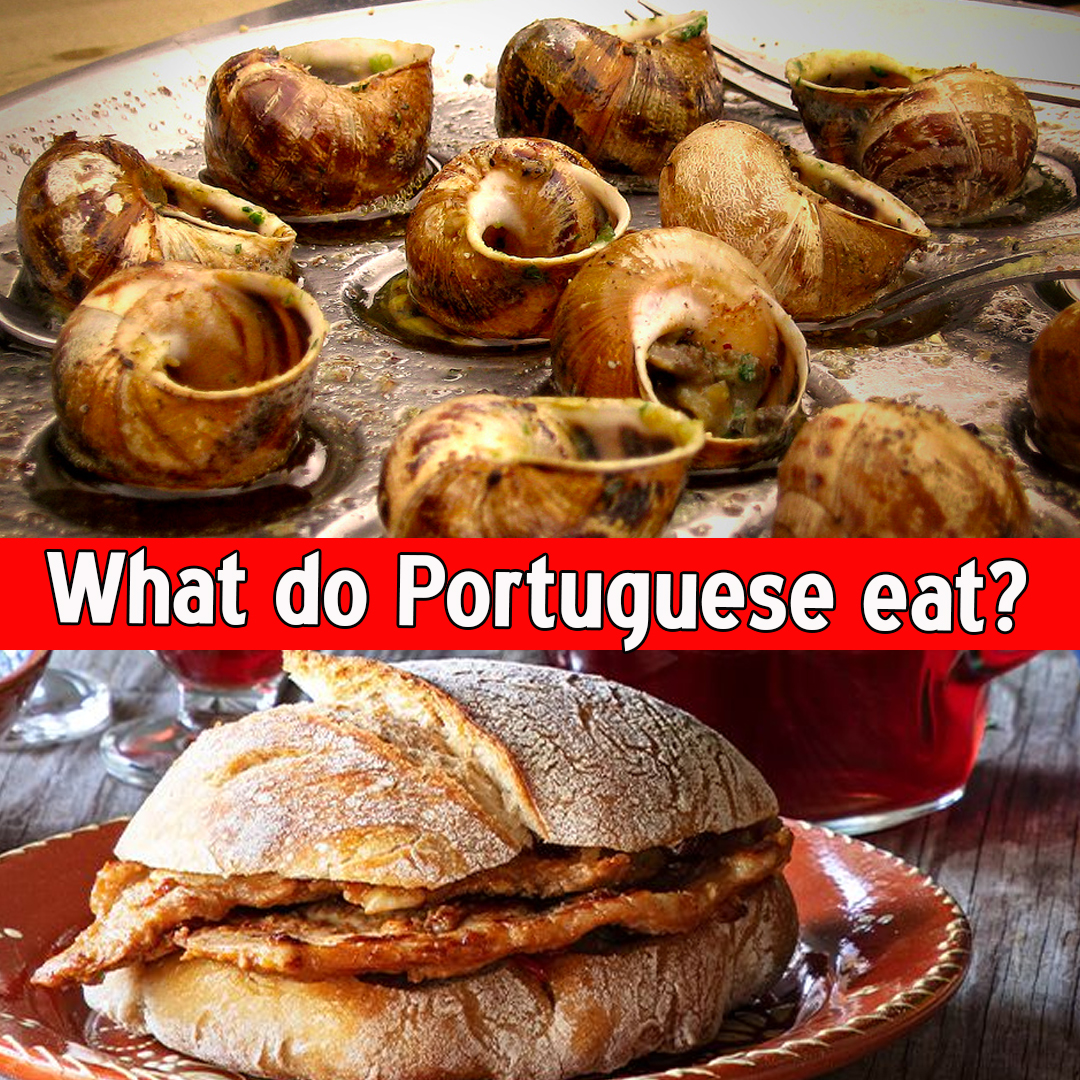


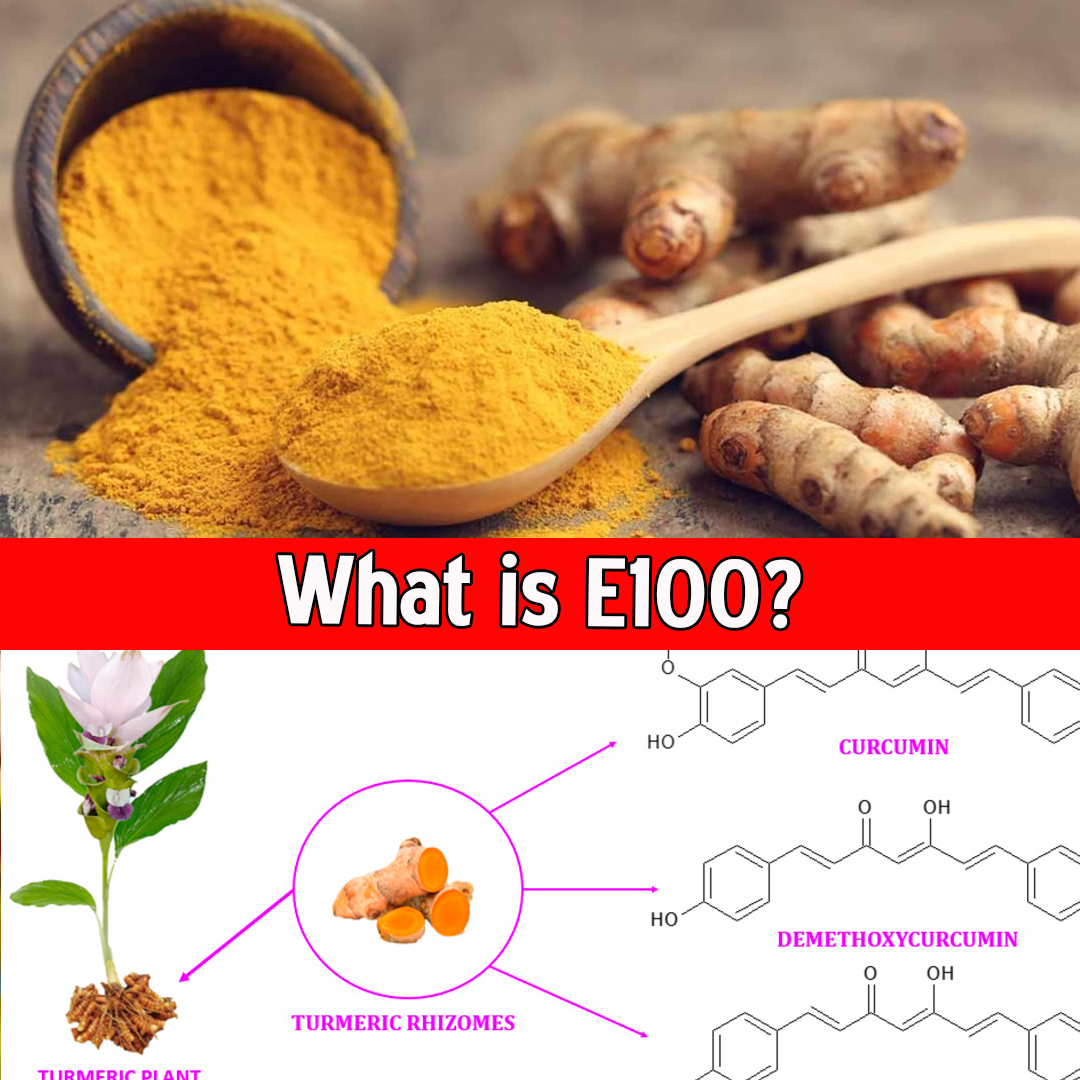

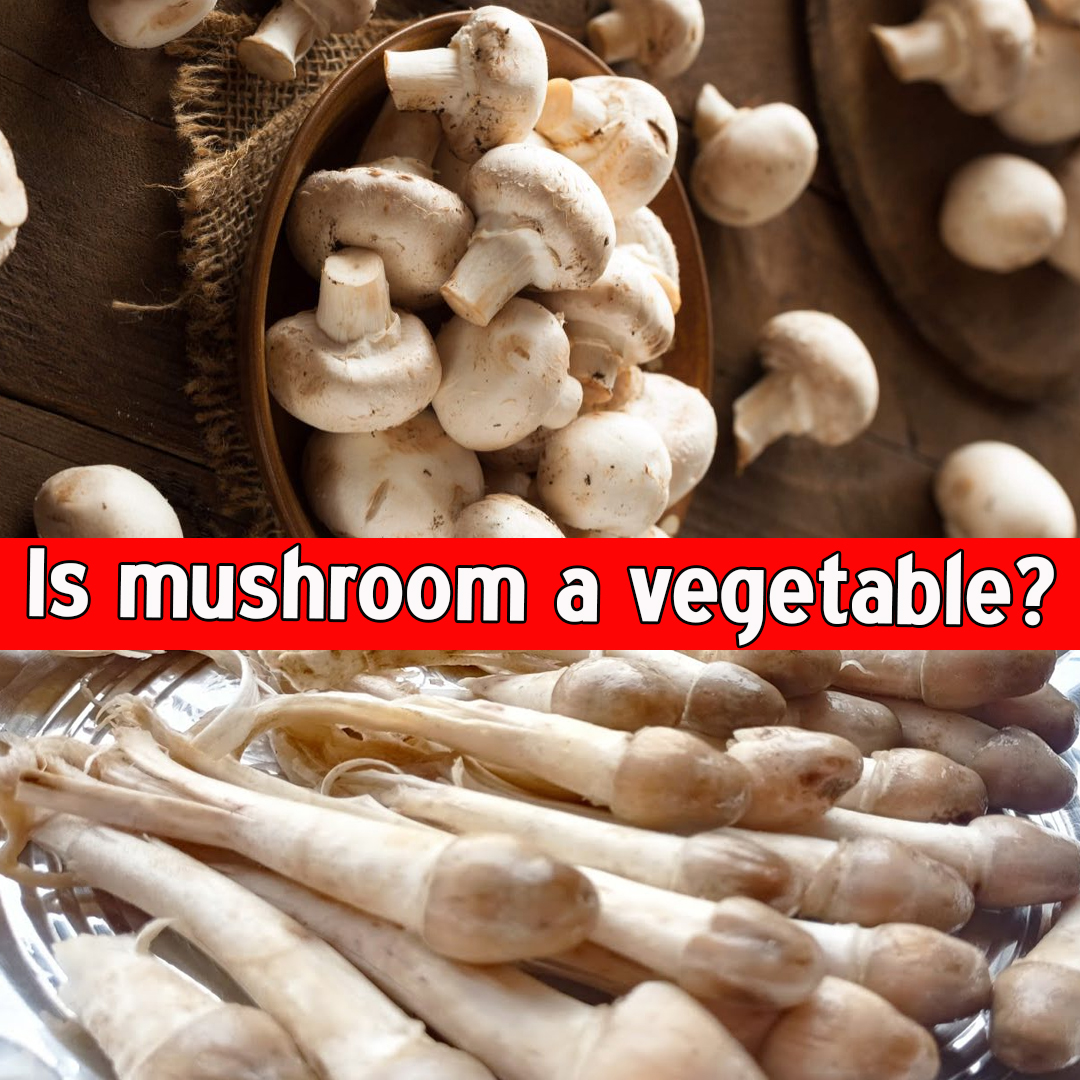

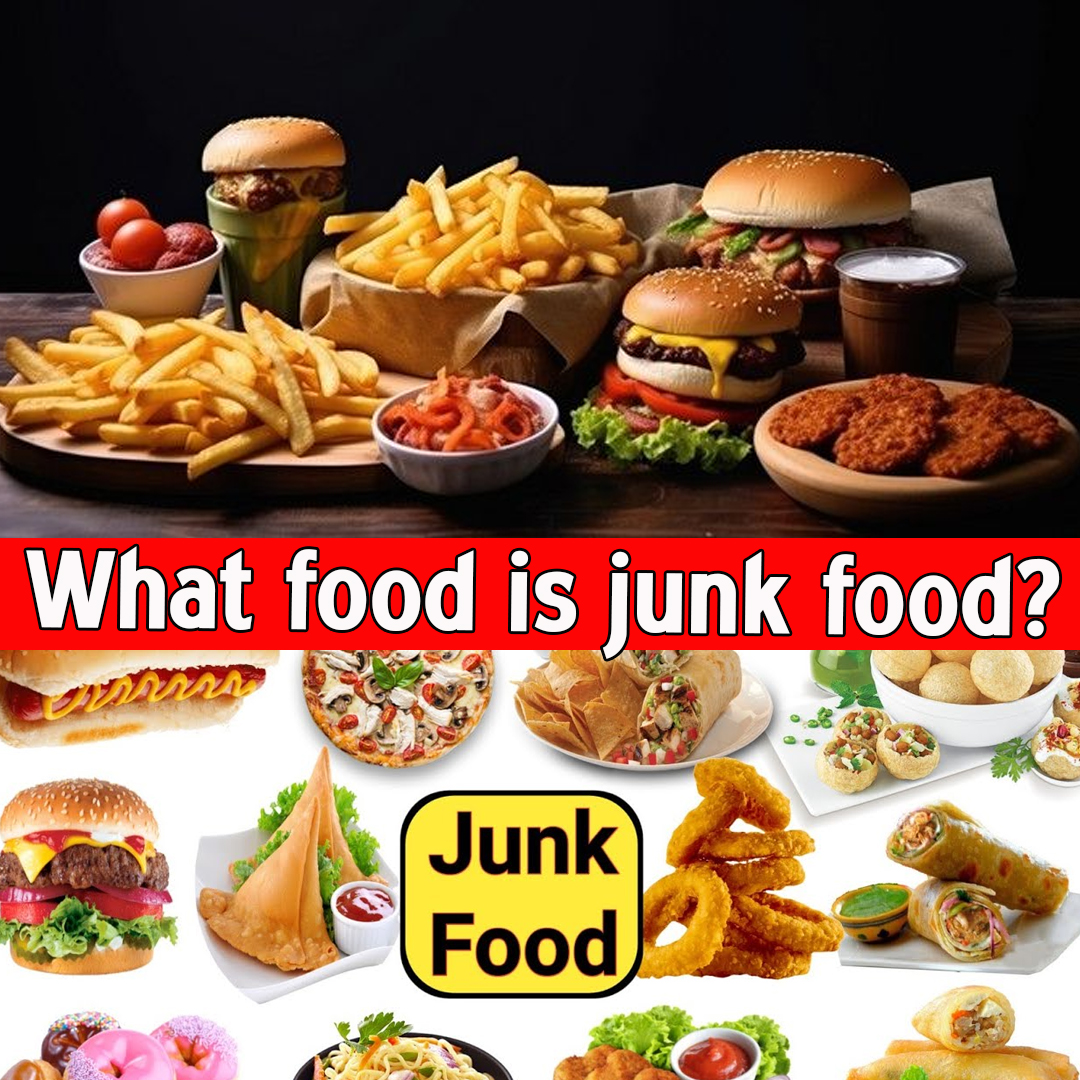

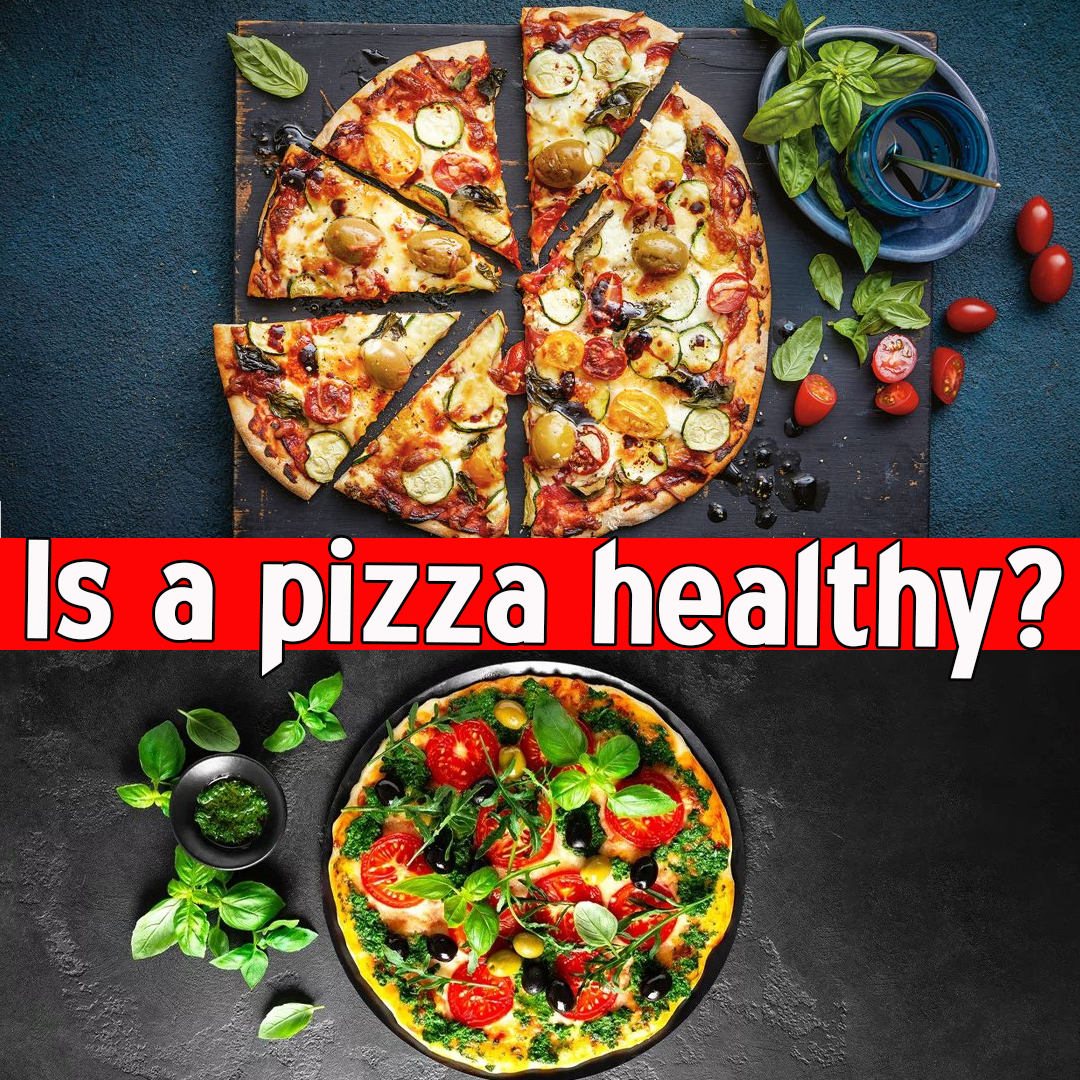

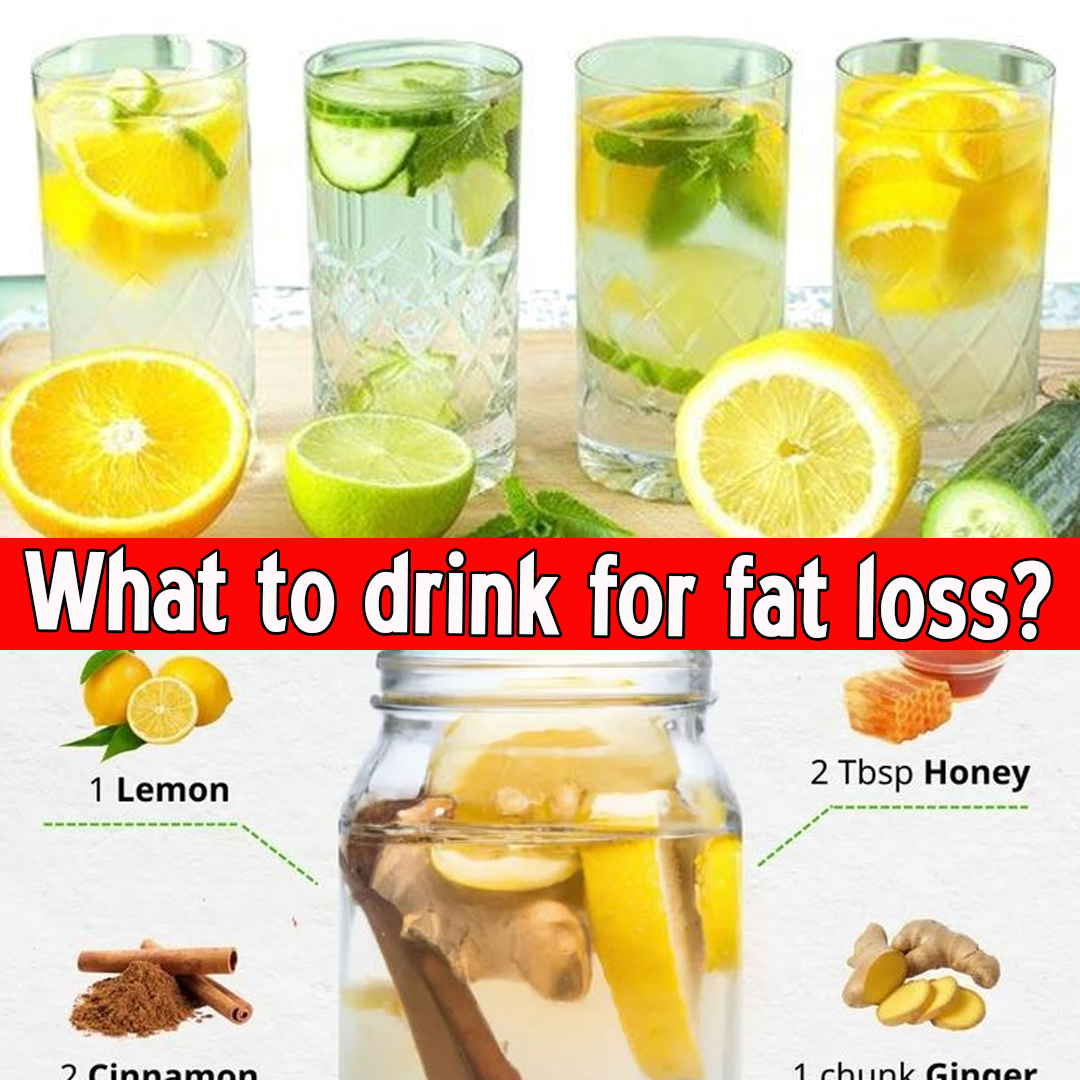
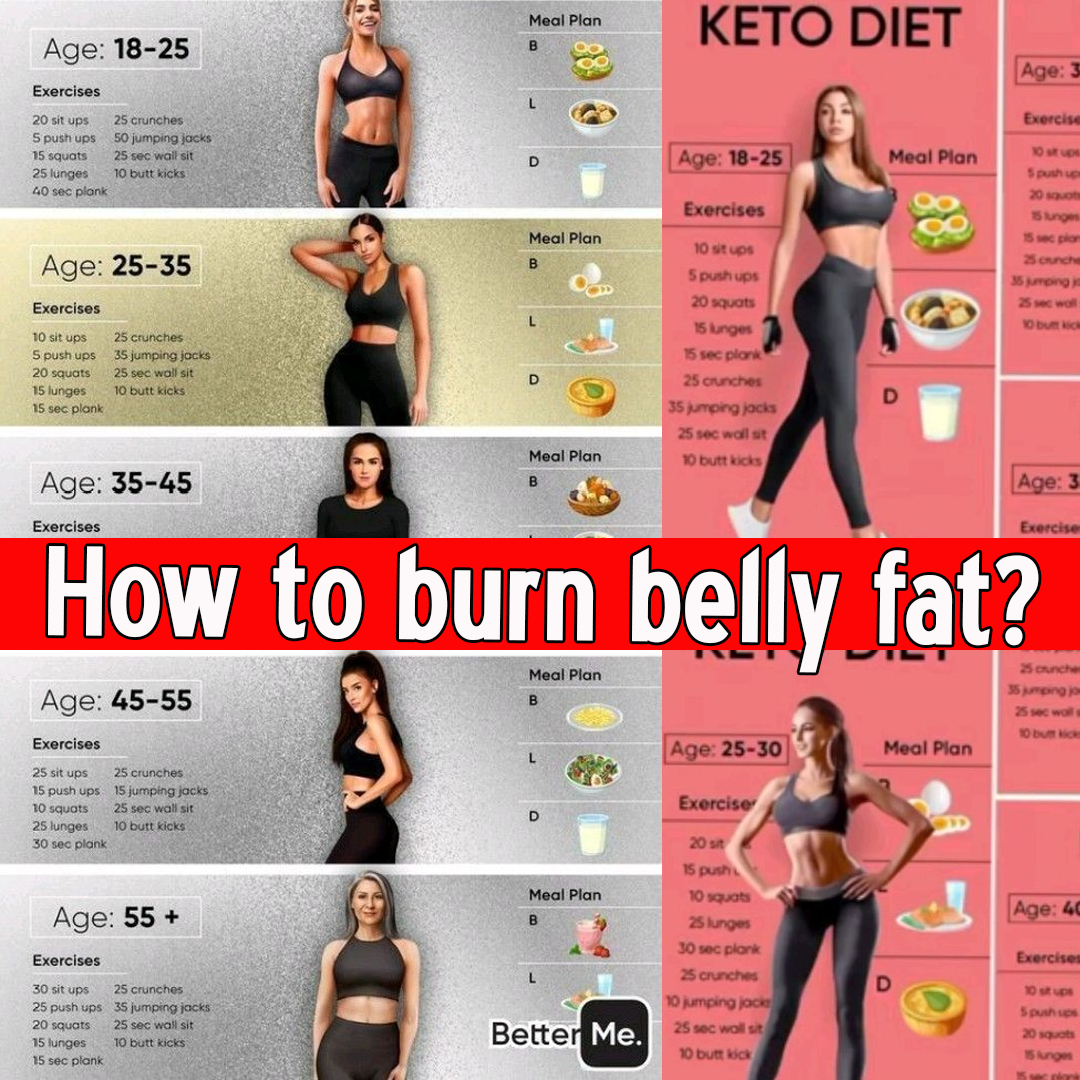

Leave a Reply